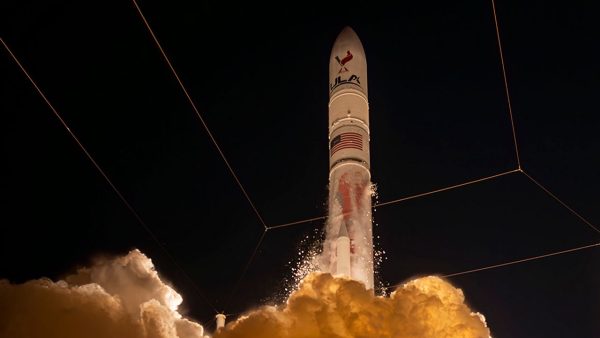The seventh row of the periodic table is complete
The IUPAC confirmed on December 30th, 2015 that four new elements have been found and will be placed on the periodic table, completing the seventh row.
January 11, 2016
The IUPAC (International Union of Pure and Applied Chemistry) confirmed on December 30th, 2015, that there are four elements that will officially be added to the periodic table. Elements 113, 115, 117, and 118 have been discovered and temporarily named as ununtrium (Uut), ununpentium (Uup), ununseptium (Uus), and ununoctium (Uuo).
The periodic table is organized in order of increasing atomic number, and the additions of these four elements is enough to completely fill the seventh row of the chart used by chemists across the globe. The four elements were all created synthetically, and scientists say that this discovery has opened doors to continue to make heavier, and perhaps helpful elements. Ryoji Noyori, a Nobel Prize Winner, said to the Guardian, “To scientists, this is of greater value than an Olympic gold medal.”
RIKEN, a research center in Japan, is responsible for the discovery of element 113, making history as the first element to be discovered in Asia. According to the team, their first successful attempt at creating ununtrium was in July 2004, but the instability of the element caused it to go under rapid alpha decay, not giving the team enough conclusive evidence to prove the existence of the element. After continuous research and experimentation, the team finally conducted an experiment in August 2012 with the proper rate of alpha decay that could prove the existence of element 113. With the discovery comes the right to name the new element, which has not been chosen yet. The temporary name ununtrium is being used now to refer to element 113.
According to the IUPAC, the discoveries of the other three elements are due to the collaborative efforts of the Joint Institute for Nuclear Research in Dubna, Russia, the Lawrence Livermore National Laboratory, California, USA, and the Oak Ridge National Laboratory, in Oak Ridge, Tennessee, USA. The Russian-American team have collaborated over the last several years and are also credited with the discovery of elements 114 and 116, which were verified in 2011, the last time the periodic table was updated.
The discovery of these elements has chemists excited not only for the completion of the seventh row of the periodic table, but also what it could mean for potential future discoveries. The proof of these elements’ existence is one step closer to the possibility of reaching what scientists call the “island of stability.”
All elements above uranium, with the atomic number 92, do not occur naturally and as the atomic number increases, the elements seemingly get less and less stable. For example, element 117’s half-life has been recorded as about 50 thousandths of a second, meaning half of it will decay in that amount of time, according to the Scientific American. Despite this, scientists have speculated about a possible island of stability that exists in elements even heavier than the ones proven to exist today.
These superheavy elements are theorized to be stable enough to exist in our atmosphere without rapidly decaying, which provides an opportunity for them to be useful to us in the future.




















